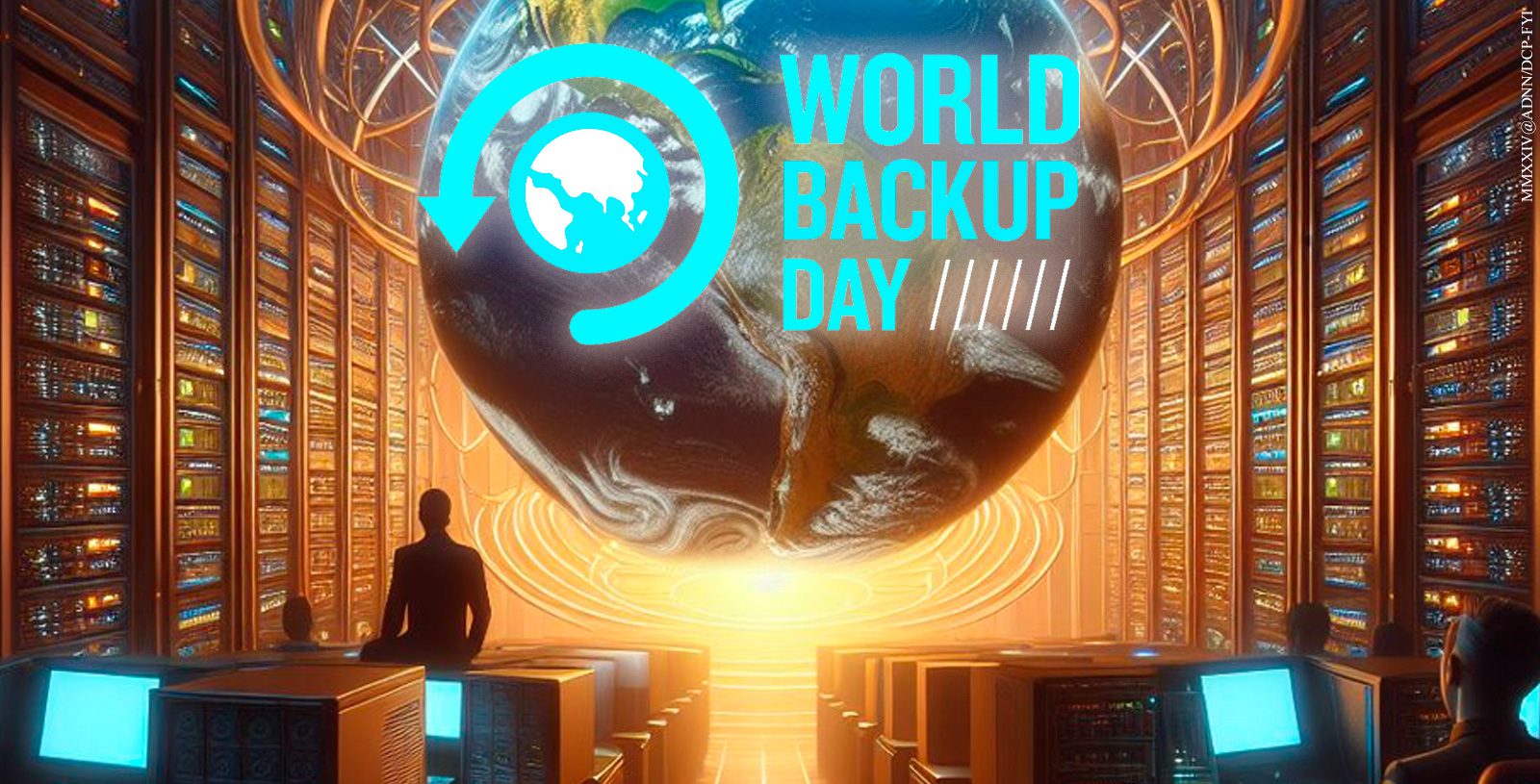By Paulo de Godoy, country manager at Pure Storage
We are constantly concerned about how to protect our information and this reflection affects companies even more strongly, as they are dependent on data for their survival in the market. Backup is essential, everyone knows that, but have you ever stopped to analyze whether your strategy is really effective in protecting yourself from the increasingly sophisticated tactics of cybercrime?
The year 2023 was marked by a persistent increase in cyber threats, with ransom payments in cases of ransomware attacks surpassing the 1 billion dollar mark, the highest amount ever recorded. In addition, new regulations demand greater operational resilience, i.e. the ability to recover quickly after an attack or breach.
World Backup Day is celebrated on March 31, and I’d like to take this month to remind you of the need for effective backup, recovery strategies and protection protocols that should be applied every day of the year.
Downtime: companies’ biggest nightmare
Downtime is the most costly aspect of a ransomware attack, as any interruption can result in dire consequences, both financial and reputational. According to Statista, the average downtime a company faces after a cyber attack is around 22 days. In addition, a recent report by Enterprise Strategy Goup (ESG) reveals that 9 out of 10 respondents reported that their company could not withstand more than one hour of data loss without suffering a significant impact on business. These two surveys provide some very worrying information. See below how effective backup strategies can help reduce the risk of loss and significantly speed up data recovery.
Protecting is preserving business
Backup remains essential for data protection, but it is not enough. Implementing advanced data protection capabilities helps companies plan better and recover quickly from ransomware and cyber attacks. This requires a two-pronged approach: making “immutable copies” of data on a regular basis and having the necessary infrastructure to quickly restore your information from backups at high speed and scale.
This way, in the event of a cyberattack or any other event that compromises data or disrupts operations, companies can recover essential data from their immutable copies so that they can restore operations quickly, without despairing at the prospect of paying a ransom. Proper immutability means that these copies cannot be encrypted, modified or even deleted by cybercriminals, as they are protected with multi-factor authentication and are therefore safe from hackers. This makes the company much more resilient and reliable.
Next comes the ability to restore data as quickly as possible, as the effectiveness of traditional backups is limited if operations cannot be restored quickly. Some of the most advanced flash-based storage solutions dramatically increase the speed of data restoration, with recovery performance of up to hundreds of terabytes per hour at scale, allowing companies to
restore their systems in hours instead of weeks, so they can resume operations with minimal impact.
Even the ability to quickly restore essential services is becoming mandatory in some regulated sectors. For example, the European Union’s Digital Operational Resilience Act (DORA) regulation requires banking systems to be recovered in less than two hours in the event of a disaster, something that is very difficult with traditional technologies. And, as we have seen with the LGPD, for example, it is likely that other countries and sectors will soon apply the same requirement.
Ransomware recovery SLAs are now part of the solution
After a ransomware attack there are some critical factors that cannot be ignored, such as the blocking of storage arrays for forensic investigation by authorities and cyber insurance agencies, leaving companies unable to recover data on infected arrays. Without a data storage infrastructure to get systems back up and running, operations are paralyzed.
For this challenge, some vendors can offer ransomware recovery SLAs, as well as a Storage as a Service (STaaS) subscription, to guarantee a clean storage environment with technical and professional services to support it after an attack. In practice, this results in a completely new and recovered storage environment in a matter of hours, should the original environment be unavailable for any reason.
The key to organizational success is resilience and agility
Modern threats to data require modern protection solutions. This World Backup Day is a reminder for people to re-evaluate their approach to data security. It is crucial that companies redouble their attention to building resilience and agility across all departments. By preparing critical IT infrastructure for the future and implementing a modern data protection strategy with effective processes to protect and restore data, we can avoid cybersecurity nightmares.
After all, the placebo effect may be questionable in the medical field, but in technology it’s not enough to believe – you have to act. We need to make sure that our decisions around data protection strategy are entirely based on a set of effective practices and solutions that help us maintain the integrity of our information and the health of our business.
*** Translated by DEFCONPress FYI Team ***
